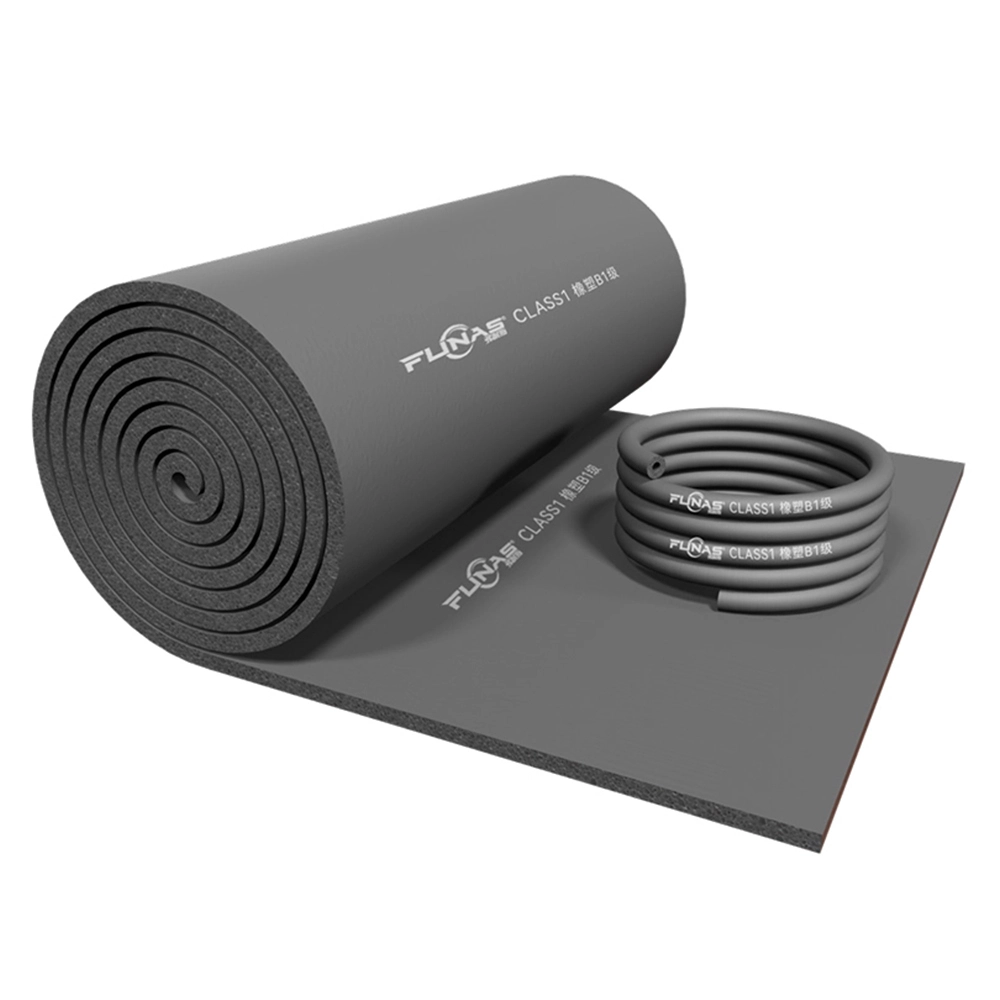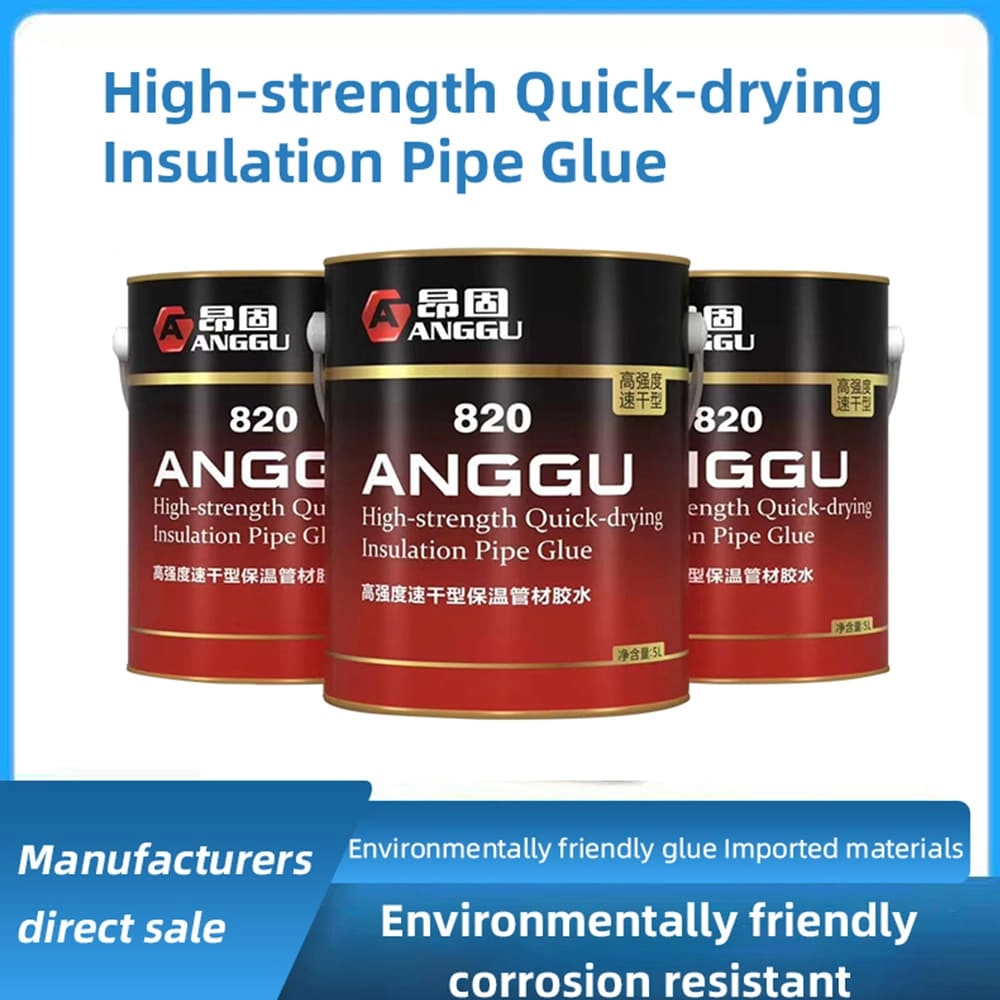How to choose the best thermal insulation material for home walls? | Insights by FUNAS
Selecting the right thermal insulation material for your home's walls is crucial for energy efficiency, comfort, and cost savings. This guide explores key considerations and top materials to help you make an informed decision.
- How to Choose the Best Thermal Insulation Material for Home Walls
- 1. What Are the Key Factors to Consider When Selecting Wall Insulation?
- 2. What Are the Top Thermal Insulation Materials for Home Walls?
- 3. How Do Climate and Location Affect Insulation Choices?
- 4. What Are the Environmental Considerations in Choosing Insulation Materials?
- 5. How Does Installation Affect Insulation Performance?
- 6. What Are the Cost Implications of Different Insulation Materials?
- 7. How Do Insulation Materials Impact Indoor Air Quality?
- 8. How Do Insulation Materials Affect Soundproofing?
- Conclusion
- Why Choose FUNAS for Your Insulation Needs?
How to Choose the Best Thermal Insulation Material for Home Walls
When it comes to enhancing your home's energy efficiency and comfort, selecting the appropriate thermal insulation material for your walls is paramount. The right choice can lead to significant energy savings, improved indoor comfort, and a reduced environmental footprint. This guide delves into the essential factors to consider and highlights some of the top insulation materials available.
1. What Are the Key Factors to Consider When Selecting Wall Insulation?
When choosing wall insulation, consider the following factors:
Thermal Resistance (R-Value): The R-value measures a material's resistance to heat flow; higher values indicate better insulation. For walls, an R-value between 13 and 21 is typically recommended, depending on your climate.
Moisture Resistance: Materials should resist moisture to prevent mold growth and maintain insulation effectiveness.
Fire Resistance: Opt for materials that are fire-resistant to enhance safety.
Environmental Impact: Consider materials with low environmental impact, such as those made from recycled or sustainable resources.
Cost and Installation: Evaluate the material's cost, including installation expenses, and its ease of installation.
2. What Are the Top Thermal Insulation Materials for Home Walls?
Several materials are commonly used for wall insulation, each with unique properties:
Fiberglass Insulation: Made from recycled glass, fiberglass is non-combustible, resistant to mold, and offers good thermal and sound insulation. It's cost-effective and widely available.
Mineral Wool (Rock or Slag Wool): Known for its fire resistance and soundproofing qualities, mineral wool is made from natural or recycled materials. It provides excellent thermal insulation and is moisture-resistant.
Cellulose Insulation: Made from recycled paper products, cellulose is an eco-friendly option with good thermal performance. It's treated for fire resistance but can settle over time, reducing its effectiveness.
Spray Foam Insulation: Expanding upon application, spray foam fills gaps and cracks, providing an airtight seal. It offers high R-values but is more expensive and requires professional installation.
Rigid Foam Boards (Polystyrene, Polyisocyanurate, and Polyurethane): These boards offer high R-values per inch and are moisture-resistant. They're suitable for areas prone to dampness but can be more costly.
3. How Do Climate and Location Affect Insulation Choices?
Your local climate significantly influences the type of insulation material to choose:
Cold Climates: Materials with higher R-values, such as spray foam or rigid foam boards, are beneficial to retain heat.
Hot Climates: Reflective materials like radiant barriers can reduce heat gain, while materials with good thermal mass, like concrete or stone, can help maintain cooler indoor temperatures.
Humid Climates: Moisture-resistant materials like mineral wool or closed-cell spray foam are preferable to prevent mold growth.
4. What Are the Environmental Considerations in Choosing Insulation Materials?
Selecting eco-friendly insulation materials can reduce your home's carbon footprint:
Recycled Content: Materials like cellulose, made from recycled paper, and fiberglass, made from recycled glass, are sustainable choices.
Sustainable Sourcing: Cork insulation is renewable and biodegradable, offering a sustainable option.
Low Emissions: Opt for materials with low volatile organic compound (VOC) emissions to improve indoor air quality.
5. How Does Installation Affect Insulation Performance?
Proper installation is crucial for insulation effectiveness:
Professional Installation: Materials like spray foam require professional installation to ensure an airtight seal.
DIY-Friendly Options: Fiberglass batt insulation and rigid foam boards can be installed by homeowners with proper guidance.
Air Sealing: Regardless of the material, ensure all gaps and cracks are sealed to prevent air leaks.
6. What Are the Cost Implications of Different Insulation Materials?
Costs vary based on material and installation:
Fiberglass Insulation: Generally the most affordable option.
Mineral Wool: More expensive than fiberglass but offers additional benefits like fire resistance.
Spray Foam: The most expensive due to material and professional installation costs.
Rigid Foam Boards: Cost varies depending on type; polyisocyanurate is typically more expensive than polystyrene.
7. How Do Insulation Materials Impact Indoor Air Quality?
Some materials can affect indoor air quality:
Off-Gassing: Certain foam insulations may release chemicals over time.
Mold Resistance: Materials like mineral wool are resistant to mold, improving air quality.
VOC Emissions: Choose materials with low VOC emissions to maintain healthy indoor air.
8. How Do Insulation Materials Affect Soundproofing?
Insulation materials can also influence sound transmission:
Mineral Wool: Excellent at reducing sound transmission due to its density and porous structure.
Fiberglass: Provides moderate soundproofing; higher densities offer better performance.
Spray Foam: Offers some soundproofing benefits but is less effective than mineral wool or fiberglass.
Conclusion
Selecting the right thermal insulation material for your home's walls involves considering factors like climate, material properties, environmental impact, and cost. By evaluating these aspects, you can make an informed decision that enhances your home's energy efficiency, comfort, and sustainability.
Why Choose FUNAS for Your Insulation Needs?
FUNAS offers a comprehensive range of high-quality insulation materials tailored to meet diverse needs. With a commitment to sustainability and energy efficiency, FUNAS provides solutions that not only improve indoor comfort but also contribute to environmental conservation. Our expert team is dedicated to assisting you in selecting and installing the optimal insulation for your home, ensuring long-term performance and satisfaction.
Sources:
Thermal Insulation Material Market worth $96.0 billion by 2028
5 Best Building Thermal Insulation Materials | Alfatherm
Best Thermal insulation Materials for Walls - Insulation Uganda LLC
Thermal Insulation Material Market Report | Global Forecast From 2025 To 2033
What is the Best Thermal Insulation Material? | GBD Magazine
Cork thermal insulation
Ceramic foam
Radiant barrier
Mineral wool
Cavity wall
Cordwood construction
Aerogel from sustainably grown bacterial cellulose pellicle as thermally insulative film for building envelope
An innovative clay metaBrick-based motif to enhance thermal and acoustic insulation

Top 10 Foam Rubber Sheet Manufacturers for Insulation & More

Top 14 Rock Wool Panel Brands: Expert Guide for 2026

Top 10 Insulation Adhesives for Heat & Soundproofing 2026

Top 10 Polyurethane Foam Brands in 2026
service
Can I request custom dimensions or properties for my insulation needs?
Yes, we specialize in custom solutions. Whether you need specific dimensions, thicknesses, densities, or additional coatings, we can work with you to manufacture insulation products tailored to your exact requirements of good materials for heat insulation.
What is your shipping and delivery process like?
We offer reliable logistics services for insulation material wholesale, both domestically and internationally. Our team ensures secure packaging, timely shipping, and real-time tracking so that your order reaches you in perfect condition and on schedule.
Are your rubber foam products environmentally friendly?
Yes, our insulation products are designed with sustainability in mind. They help reduce energy consumption by minimizing heat loss and gain, and they are made from durable materials that have a long life cycle, reducing the need for frequent replacement.
FAQ
What is the typical delivery time for custom orders?
Our daily production capacity is 800 cubic meters. Delivery time varies depending on the complexity of the insulation material wholesale order, but we can deliver large quantities of customized products within 4-6 weeks after the approval date, and small quantities can be delivered within 15 days.
You might also like

Wholesale Black nitrile rubber foam pipe rubber NBR foam tube rubber foam insulation tube for hvac system

Rubber Plastic insulation Material Glue

Wholesale Glass Wool Roll Blanket with or without aluminum foil
Convenient glass wool roll for easy installation. Provides effective insulation and noise reduction.

120°Rubber foam high-temperature adhesive
This product has passed the EU REACH non-toxic standard and the ROHS non-toxic standard. (The product is yellow glue.)
Anggu 120 ° rubber-plastic high-temperature glue is an extravagant product, mainly used for various intractable diseases, high temperatures, and harsh and demanding places. This product is a low-odor, high-strength quick-drying glue; table drying speed, long bonding time, no powder, non-toxic, wide range of applications, can be applied to most insulation materials.
Leave a message
Have any questions or concerns about our products? Please leave us a message here and our team will get back to you promptly.
Your queries, ideas, and collaboration opportunities are just a click away. Let’s start a conversation.


















































